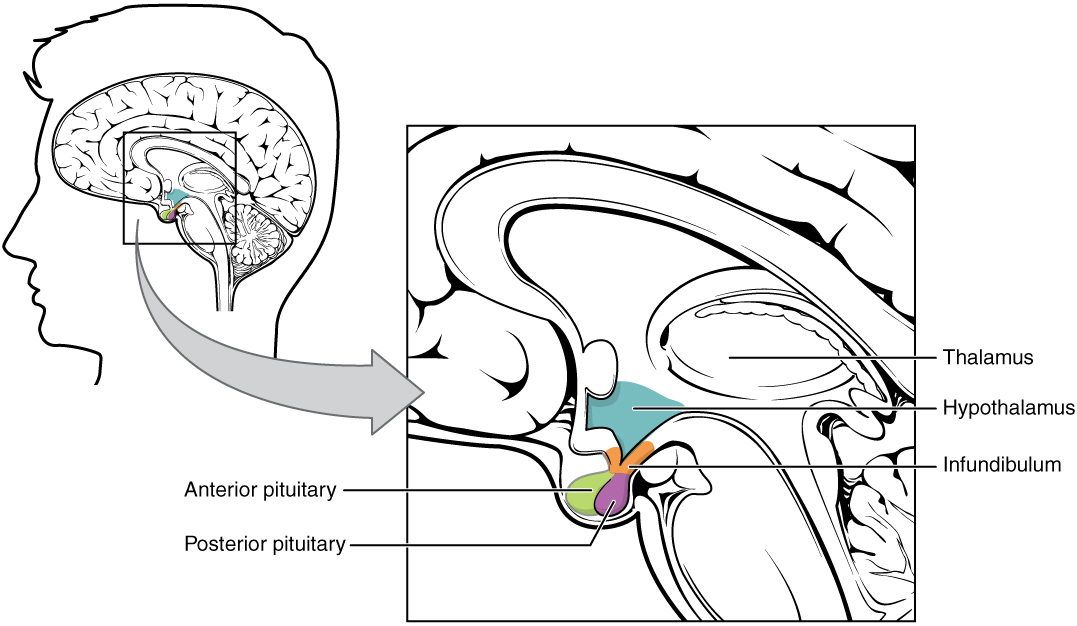Playlist
Show Playlist
Hide Playlist
Hypothalamic–Pituitary–Gonadal (HPG) Axis Differentials
-
Slides Reproductive Hormonal Pathophysiology.pdf
-
Download Lecture Overview
00:00 Gonadotropic feedback axis differentials. Let’s do a little bit more important here. We have anabolic steroids. 00:08 So here’s a patient, maybe an athlete. You ever heard of an athlete taking steroids? Oh you all? Of course. So, don’t judge them. You’re a doctor. You just take care of the issues and you educate your patient. That’s all you can do. But don’t judge them. You don’t know what environment they’re in. 00:28 So, here’s your patient and they’re an athlete. I’m just being most common. They’re taking steroids iatrogenically. When you’re taking steroids, what then happens? What’s this major side effect that we’re all so familiar with taking steroids? Infertility. There you go. This is why. You’re taking sex steroids such as testosterone, anabolic. What then happens? Testosterone levels are increasing in the first column. 00:52 Iatrogenically, you’re taking the steroids. What happens to anterior pituitary? Shut down, feedback mechanism, decreased LH and FSH. Now, if the patient is taking steroids from the outside world, it’s replacing the testosterone that are normally coming out of the gonads. If the patient now has decreased LH and FSH, you’re going to have testicular atrophy. Doesn’t this sound an awful lot like the most common cause of Cushing? Yes. What’s the most common cause of Cushing? Iatrogenic. 01:26 Are you ever abruptly going to stop your patient from taking cortisol? No. Why? Because you’re pretty darn sure that if taking cortisol, you’ve now got the ACTH and the adrenals are undergoing atrophy. 01:42 You’ve seen this already. It’s just a different scenario but the same concept. Let’s move on. 01:49 Inhibin infusion, experimental. What does inhibin normally do? Jump to the last column. Majority or its major target will be FSH. It will decrease it. What if, now this is a better clinical situation. 02:05 This will be more an experimental physiologic situation. But a pathologic condition is what if the Sertoli cells aren’t working, maybe secondary to cryptorchidism. You don’t have inhibin. Then what are your LH and FSH levels? That’s increased. We’ve done that already. This is gonadotropin releasing hormone. 02:24 I’d like for you to take a look at the footnote here, the one with three asterisks. You’ll notice here that by giving gonadotropin releasing hormone, you’re actually causing a decrease in LH and FSH. 02:36 Close your eyes. GnRH normally comes from hypothalamus. That works upon the anterior pituitary to release LH and FSH. Dr. Raj, if I’m giving an infusion, why is there a decrease in LH and FSH? Because you remember that graph, now, which I showed you during puberty in a male? Boom, boom, boom. At night, pulsatile. You’re giving the GnRH constitutively. So now, what you’ve done is the fact that you have downregulator receptors of your LH and FSH. Therefore, you decrease your LH and FSH release. Welcome to a drug called leuprolide. Now, in the asterisks down at the bottom, I do want you to pay attention. Initially, you don’t have the downregulation taking place of your GnRH receptors. Initially, it’s literally taking your foot and pressing down on your accelerator pedal to the metal. What’s going to happen? Brrmm, right? Too much. So initially with GnRH infusion, you’re going to have increased LH and FSH. Don’t ever forget that. Eventually, downregulation, you'll have LH and FSH. That is the ultimate clinical objective. You want to decrease it but you want to keep in mind, why would you be thinking about using this? How about something called chemical castration in prostate cancer. Remember in prostate cancer. You’re trying to combat or inhibit the amount of androgen influence on your prostate cancer. One way would be to then give a GnRH analogue. But then, you’re worried about the increased LH and FSH which will make matters worse. 04:21 Give me the drug that would inhibit the androgen receptors on the prostate. Good, flutamide, good. 04:30 Chemical castration, if you’re not familiar, make sure you go take a look at pharmacology in my discussion with you about this. What about pulsatile? Oh, completely different story, huh. 04:42 Take a look. Now, you are mimicking physiology. Pulsatile, you’re expecting increase in LH and FSH, increase in testosterone. Clear? This table is so beautiful. There is so much good information in here in which you understand. Tables and graphs that I’m giving you, flow charts, plenty of information in there. I need you to be able to go through them.
About the Lecture
The lecture Hypothalamic–Pituitary–Gonadal (HPG) Axis Differentials by Carlo Raj, MD is from the course Reproductive Hormone Disorders.
Included Quiz Questions
Which of the following statements about anabolic steroid therapy is NOT true?
- FSH is under the negative feedback of inhibin and is unaffected.
- It causes infertility due to Leydig cell atrophy.
- LH is low.
- Testosterone is high.
- It is commonly seen in athletes.
Which statement is NOT true?
- Inhibin is secreted by Leydig cells.
- Inhibin infusion will cause a decrease in spermatogenesis.
- Inhibin infusion will cause a decrease in FSH.
- Inhibin infusion is experimental.
- FSH is high in patients with inhibin deficiency due to testicular failure.
Customer reviews
5,0 of 5 stars
| 5 Stars |
|
5 |
| 4 Stars |
|
0 |
| 3 Stars |
|
0 |
| 2 Stars |
|
0 |
| 1 Star |
|
0 |






